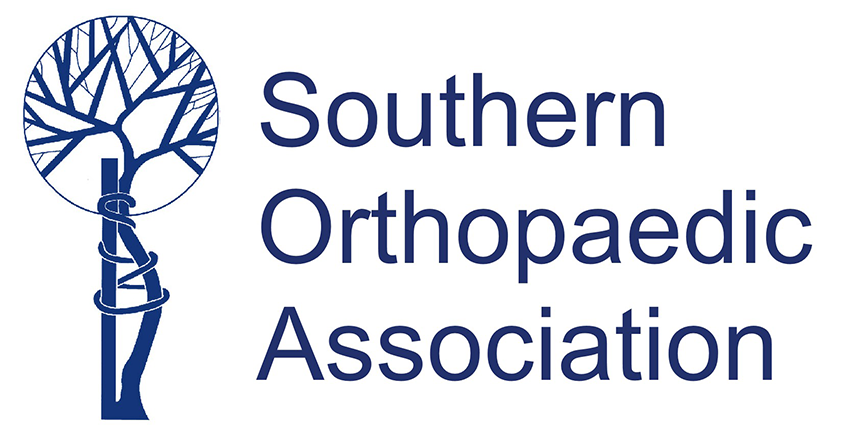Podium Presentation Audio Visual Instructions
Be sure to verify your presentation date, time and length prior to the meeting. Keep in mind, times can still change, so please be in the meeting room at the beginning of the session in which you are participating.
To keep the Scientific Program on schedule, personal laptops will not be used for presentations. All presentations will be pre-loaded onto a master PC prior to the meeting. This requires all audiovisual presentation(s) to be submitted prior to the Annual Meeting. Please upload your PowerPoint presentation to the SOA Abstract Website no later than June 30th at https://www.xcdsystem.com/datatrace/abstract/index.cfm?ID=kY3S81R Presentations should be compatible with PowerPoint 2007. This allows our audiovisual staff time to make sure your PowerPoint presentation is working properly, especially if the presentation contains video.
The SOA Program Committee and Board are delighted to have your presentation on this year's program. As you prepare your podium presentation, please observe the following guidelines for the meeting. Focus on the essence of your research and eliminate unnecessary background information and lengthy discussion. Your presentation should be an abstract in PowerPoint form.
Please include the following:
1. Title & Disclosure Slide. Avoid thanking your co-authors. As a CME provider SOA is required by the ACCME to obtain and share with meeting participants any potential conflicts of presenters and coauthors. This information must be included on the 1st or 2nd slide of your presentation, following the title. Please use one of the following statements to provide this information:
- ‘I (or my coauthors) have nothing to disclose’; or
- ‘I (and/or my coauthors) have something to disclose’ along with a referral for more detailed disclosure information on the SOA App or via the Disclosure Program on the AAOS website.
2. Immediately proceed to the Purpose/Hypothesis.
3. Materials and Methods. Present the information that tells the audience that your research is sound, that your methods are valid, and that you employed appropriate statistics when applicable.
4. Results: Focus on the results that pertain to your purpose and hypothesis. Let us know the statistical significance of your most important findings. Give us the "meat" of your findings.
5. Conclusion: Tell us the significance of your research and its clinical significance to summarize what your research taught us. Simply state why your research is important. If there is previous literature that is supported by yours or that yours disproves, then please let us know that as well. Give only one or two conclusion slides to summarize what your research taught us.
6. Your presentation should not be more than 20 slides.
Irrespective of how complex your research, you can do this in the allotted time. At most, the audience will take away 2 or 3 points from your presentation. This format allows a lot of good research with maximum educational value to be included in this year's scientific program.
Thank you and please be in the room at the beginning of the session you are presenting.
The Speaker Ready Area is available 24 hours a day. All updated presentations must be loaded in the Speaker Ready Area no later than 8:00 pm, the night prior to your presentation. For loading your presentation onsite, please follow the posted instructions.
If you have questions or need additional information, please contact Heather Skinner at [email protected].
|

